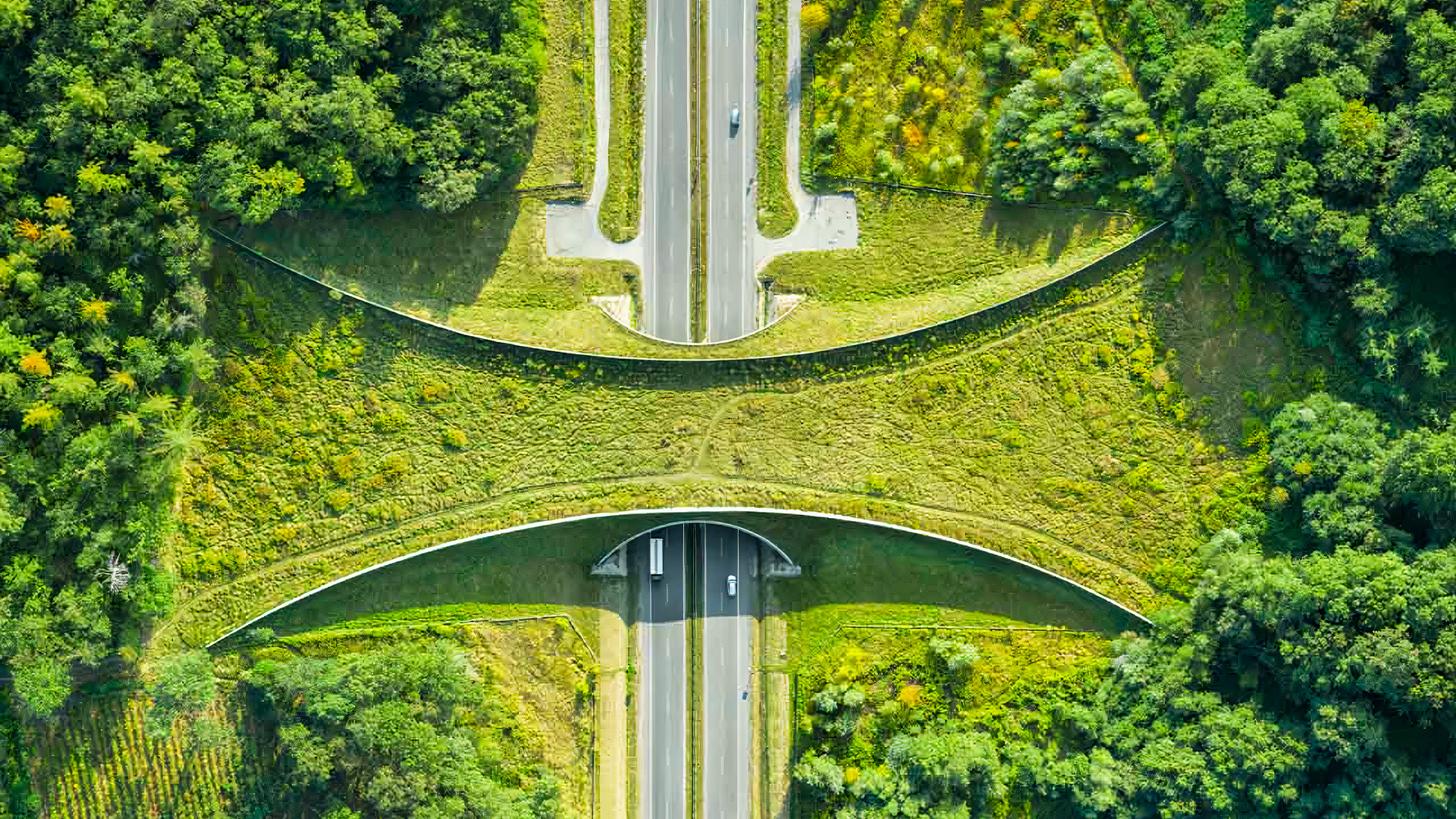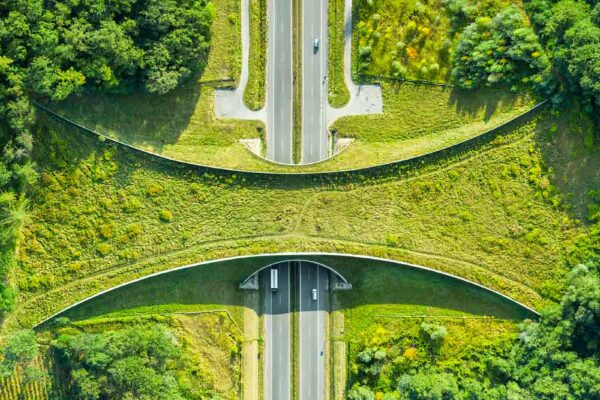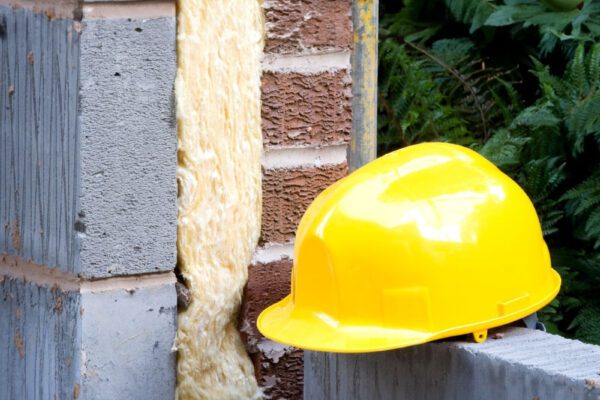Benefits of Ecological Bridges to Natural Life
Ecological bridges, also called wildlife crossings; It is known as underpasses and overpasses built to protect wildlife and prevent traffic accidents.
The gradual increase in the human population, the expansion of settlement and transportation areas day by day; It puts natural areas and wildlife there at risk. Disruption of the ecological balance poses a great threat to living creatures in nature.

Ecological bridges, which look like a normal overpass but are covered with local vegetation and form integrity for wildlife, not only enable wild animals to pass easily from one side of the road to the other; it also helps that the built road does not break up the habitat in which the creatures live. Thus; It is ensured that living things do not experience difficulties in matters such as feeding, sheltering, finding a mate and reproduction, and biodiversity is protected. Migrating animals, on the other hand, do not deviate from their migration routes thanks to ecological bridges, and the lives of animals that do not have to use the land route are not at risk.
The longest of the ecological bridges (800 meters), the first examples of which we saw in France in the 1950s, is in the Netherlands. Ecological life bridges, which are widely used in the world; underpasses, overpasses, viaducts, amphibious tunnels, fishways and ladders; It includes passageways such as canals for otters, badgers and small mammals, and green roofs for birds and butterflies.
The first ecological bridge built in our country is the Uskumruköy Ecological Bridge, which was realized with the Northern Marmara Motorway Project. Bridge; It not only prevents the destruction of green areas, but also allows many wild animals such as pigs, jackals, foxes and roe deer to cross the road easily.






